
Photo
The main road at Camp Jackson, 1917. Courtesy of the Howard G. Woody Postcard Collection.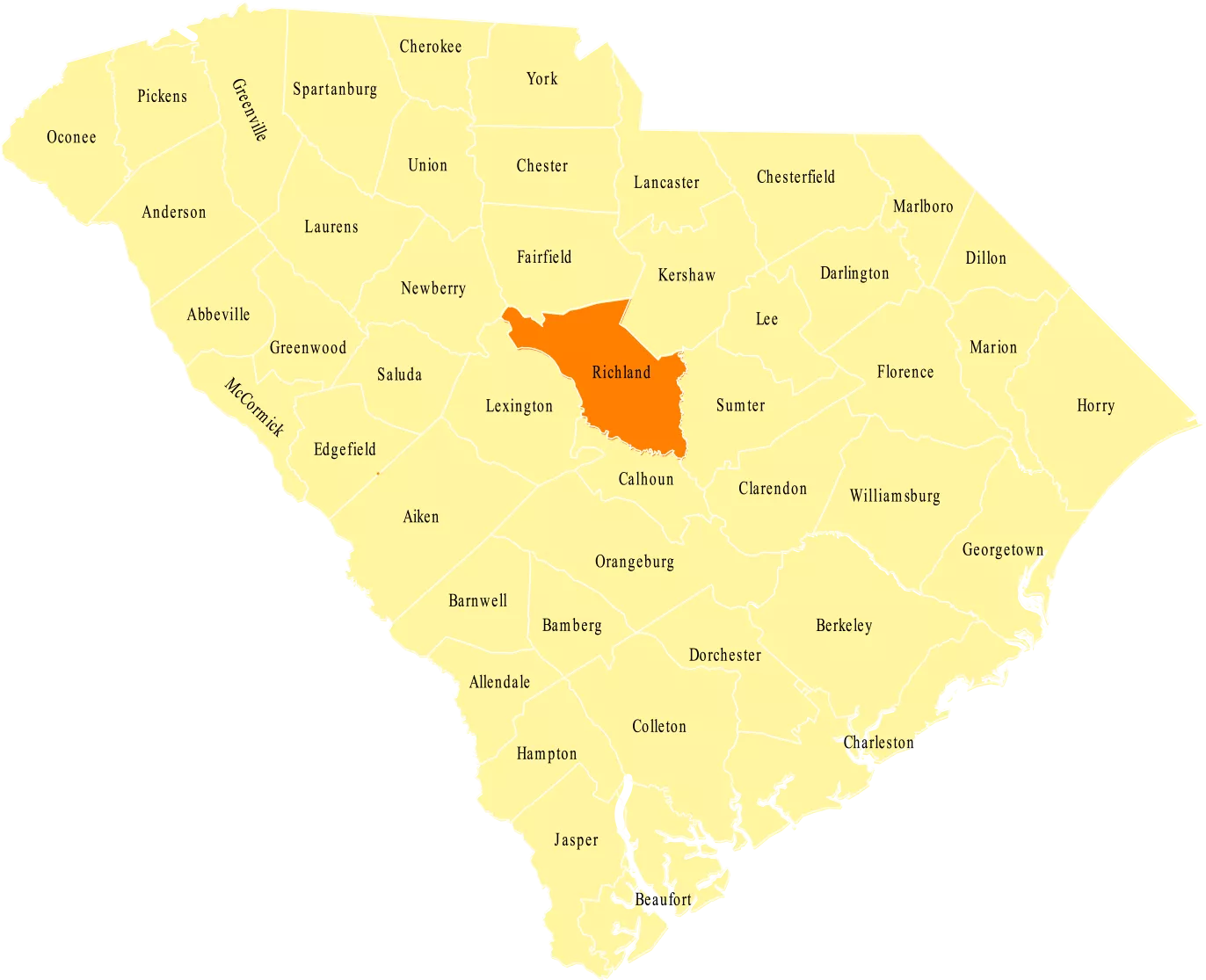
Richland County lies in the South Carolina midlands. Its county seat, Columbia, also serves as the state capital.
The county was founded in 1785 within the Camden District, and its name most likely refers to the “rich land” of the county. In 1791, Richland County became smaller when land previously belonging to this county was added to Kershaw County.
During the Civil War, Sherman entered Richland County and occupied Columbia before setting it on fire.
Since its founding, Columbia has served as an economic hub for the state, especially in terms of trade and manufacturing. The county is home to Fort Jackson, Congaree National Park, and multiple lakes and rivers. Notable county residents include Senator Wade Hampton and President Woodrow Wilson.
SOURCES: About Richland County.

Photo
The main road at Camp Jackson, 1917. Courtesy of the Howard G. Woody Postcard Collection.
Photo
The outbreak of World War I in Europe in 1914 at first did not seem to involve Americans. President Woodrow Wilson, who had spent part of his boyhood in Columbia, promised to keep the U.S. out of the...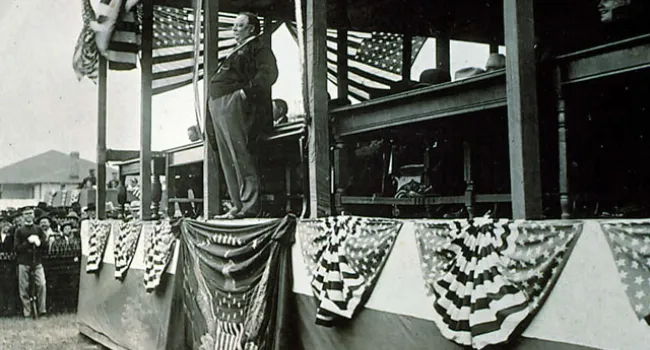
Photo
President Taft speaks at the South Carolina State Fair Grounds on November 6, 1909. Courtesy of the South Carolina State Museum.
Photo
This "composite photograph" brings together 63 members of the 1868 Reconstruction legislature of South Carolina. Of that body, 50 were African-American, 30 were white. Colonel James G. Gibbes of...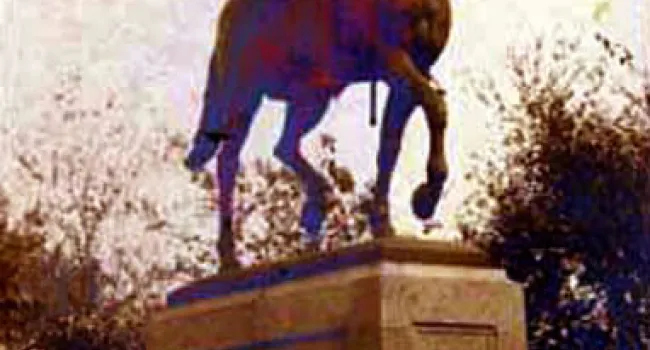
Photo
In the aftermath of the 1876 election, Wade Hampton III stood on the steps of the State House on November 28, 1876, urging his followers to avoid acts of violence. Hampton and the Democrats elected to...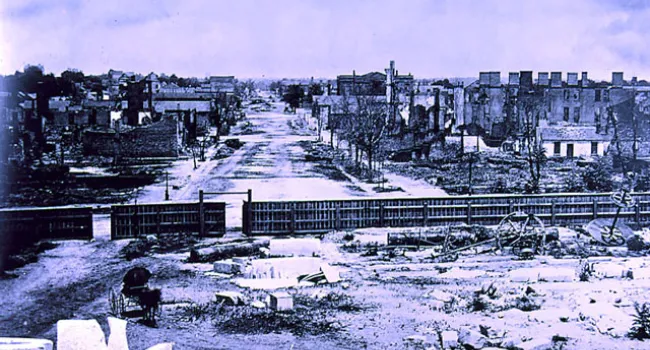
Photo
Nearly 20,000 people were crowded into Columbia when Sherman's army approached, and its streets were crowded with cotton bales. Whether Sherman's advance forces, panicky Confederate deserters camped...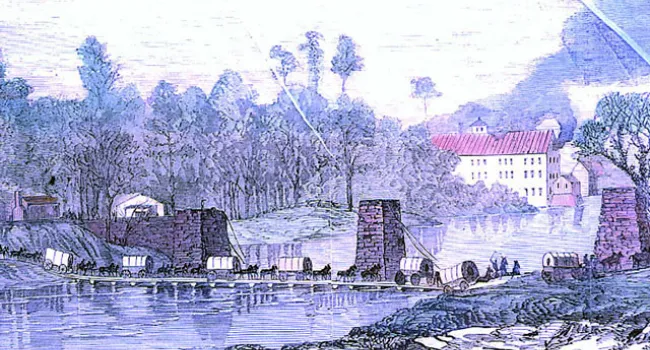
Photo
When General William Tecumseh Sherman invaded South Carolina, he surprised those who expected him to strike first at Charleston. Instead, he marched the main body of his army northward toward Columbia...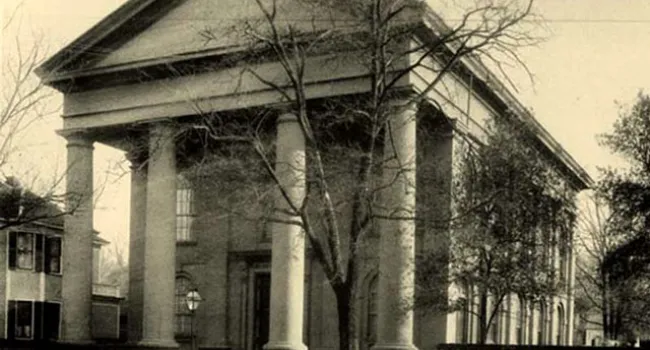
Photo
South Carolinians met here at the First Baptist Church in Columbia on December 17, 1860, determined to end their membership in the United States in protest against the election of Abraham Lincoln, a...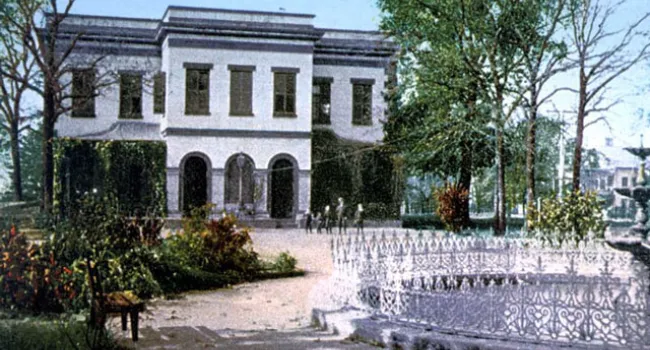
Photo
The Governor's Mansion, seen in this 1907 postcard view, was originally constructed in 1855 as the officers' barracks of the Arsenal Academy, which later merged with the Citadel and moved to...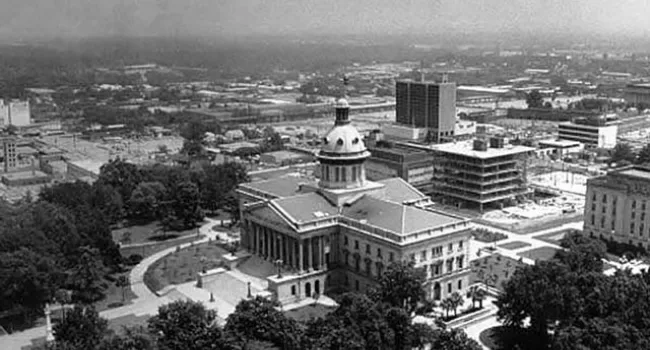
Photo
Aerial photo of the South Carolina State House in 1976. In 1900, the legislature decided to add the porticoes and tower of 1854 architect John R. Niersee's original plan. A commission appointed Frank...